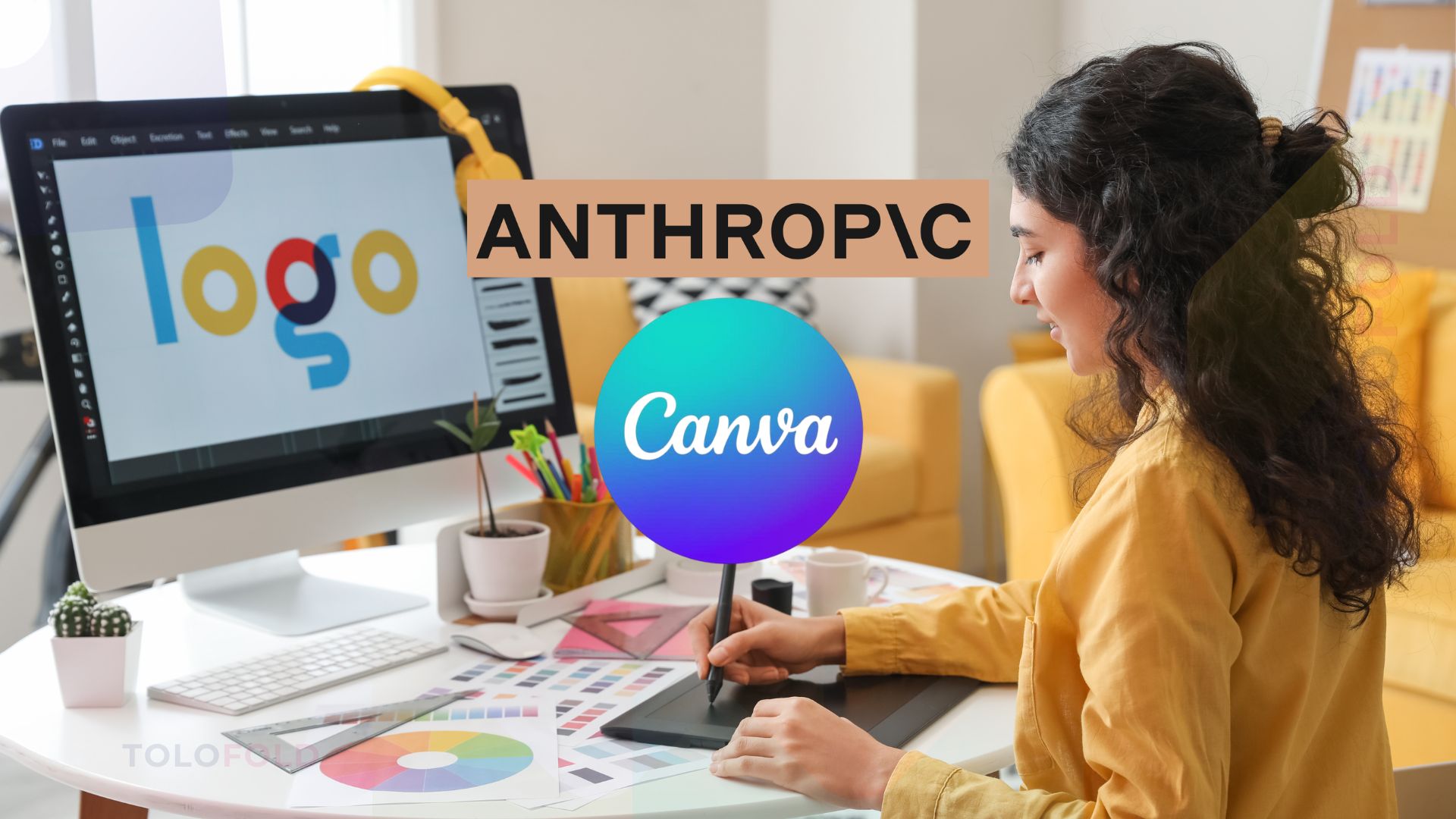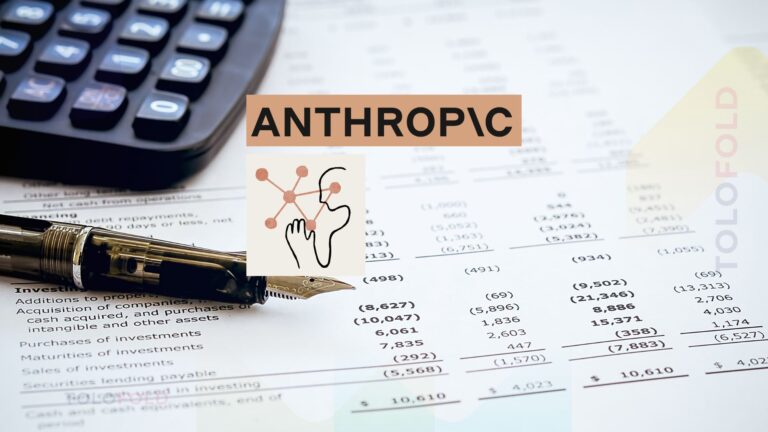Democratizing Design: Claude’s Canva Tools Eliminate Need for Graphic Skills
Anthropic has integrated its Claude AI assistant with Canva, enabling users to create, edit, and manage visual content using natural language commands. This collaboration, powered by Anthropic’s Model Context Protocol (MCP), allows users to generate designs without needing graphic design expertise—Claude translates text prompts into finished assets. The feature is available to paid subscribers of both Claude ($17/month) and Canva Pro ($15/month), positioning it as a tool for marketers, small businesses, and non-designers seeking polished visuals.
How Claude’s Canva Integration Works
Users can now describe design needs in plain English within Claude’s chat interface. For example, commands like “resize this presentation for Instagram” or “create a branded infographic about Q3 sales” trigger Claude to access the linked Canva account, apply templates, and produce drafts. The integration supports multimodal workflows, converting text requests into visuals while maintaining brand consistency—Claude can autofill templates if provided with data like logos or color schemes.
According to Canva’s help documentation, sample prompts include summarizing Canva Docs or adjusting design dimensions. The feature eliminates manual toggling between tools, though users must review outputs to ensure accuracy.
What Sets This Apart from Competitors?
While ChatGPT and Gemini offer Canva plugins, Claude’s MCP-based integration enables deeper functionality. MCP acts as a standardized bridge between AI and apps, allowing Claude to perform contextual tasks like searching asset libraries or revising designs mid-conversation. As The Verge reports, this marks a shift toward “AI-first workflows” where design and chat interfaces merge.
Anthropic has also released an Integrations Directory showcasing connected tools like Figma and Notion, reflecting a broader trend of AI blending into productivity ecosystems.
Limitations and Industry Implications
The paywall—requiring dual subscriptions—limits accessibility. Quality also hinges on prompt clarity; vague requests may yield subpar designs. While the tool democratizes basic tasks, complex projects still require human designers.
Experts suggest the integration will reshape entry-level design work, freeing professionals for strategic roles. As AI handles routine edits, designers may transition to curating AI outputs or tackling specialized projects. However, some worry about commoditization pressures on junior roles.
For now, the partnership highlights how AI is transforming creative workflows—one text prompt at a time.







